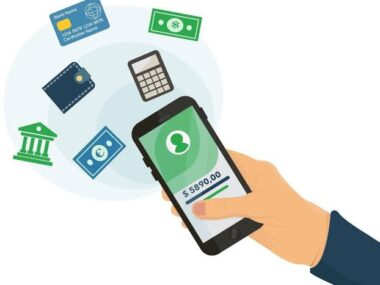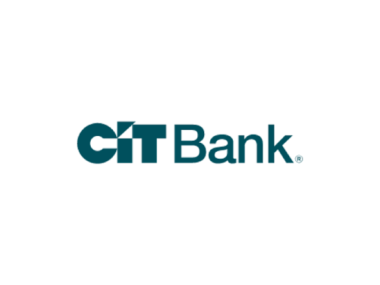Setting Up Payment Methods in Google Ads
To start making payments for your Google Ads account, you’ll first need to add a payment method. The two options are either a credit/debit card or a linked bank account.
How to Add a Credit or Debit Card
To add a card, sign in to your Google Ads account and click the gear icon to access Settings. Select the Billing and payments tab.
Click ‘Add payment method’ and choose ‘Credit/debit card’. Enter your card number, expiration date, CVV code, and billing address. Double check that all details are correct and submit.
Your card will now be saved to your account for making payments and will be charged automatically when a payment is due. You can add multiple cards if you prefer and select a default payment method.
READ ALSO: Final Payment for Your Royal Caribbean Cruise: What You Need to Know
How to Link a Bank Account
If you prefer to pay via bank transfer, you can link a bank account to your Google Ads account. In the Billing and payments tab, click ‘Add payment method’ and choose ‘Bank account’.
Enter your bank name, account number, routing number, account type, and billing address. Verify the two small deposits Google will make to your account and enter the amounts to link your bank account.
Payments from your linked bank account can take 3-5 business days to process. You’ll need to manually pay any outstanding balance due at least 5 days before the end of each billing cycle to avoid disruption to your ads.
With your payment methods set up, you’re ready to start optimizing your Google Ads account and driving more traffic to your business! Let me know if you have any other questions.
Adding and Managing Billing Accounts
To add billing accounts in Google Ads, you’ll first need to sign in to your Google Ads account and access the “Billing” section.
Adding a Billing Account
Click the blue “Add billing account” button to get started. You’ll be asked to enter the billing account information, including:
- Account holder name: The name on the credit card or other payment method.
- Billing address: The address associated with the payment method. Make sure it matches exactly.
- Payment method: Enter your credit card number, bank account number, or select another option like wire transfer. Double check that the details are correct to avoid issues when charges are made.
- Account nickname (optional): Add a nickname to easily identify the billing account if you have multiple. For example, you might label one “Client A” and another “Client B”.
Once you’ve entered all the details, review and confirm them. Then click “Save” to add the new billing account. It can take 1-2 business days for the account to become active as Google Ads verifies the payment method. You’ll receive an email notification when it’s ready to use.
Managing Billing Accounts
To view your billing accounts, click “Billing” then “Billing accounts”. Here you’ll see details for each account like the account holder name, last 4 digits of the payment method, and account balance. You can also:
- Make an account active or inactive: Useful if you want to temporarily stop charges to an account. Simply click “Make active” or “Make inactive”.
- Edit account details: Update the account holder name, billing address, or payment method. Click “Edit” next to the account you want to modify.
- Remove an account: Click “Remove” to delete a billing account you no longer need. All campaign spend will stop on that account.
- Change campaign payments: Allocate charges for specific campaigns to different billing accounts. Click “Change payments” next to a campaign to reassign it to another billing account.
Conclusion
Keeping your billing accounts up to date and managing them regularly will help ensure smooth payments and campaign operations in Google Ads.
Troubleshooting Payment Issues in Google Ads
Here are some common problems and solutions to try:
1. Insufficient Funds
If your card is declined for a payment, first double check that you have enough funds in your account to cover the bill. Google Ads bills automatically each month for the previous month’s advertising costs. Make sure any recent charges to your card won’t put you over your limit or available balance.
2. Expired or Invalid Card
Check that your credit or debit card hasn’t expired recently. Google Ads will continue trying to bill an expired card, and your account will go into a “payment hold” status until updated payment info is provided. Log into your Google Ads account, go to Settings and then Billing to update your payment method details.
3. Fraud Alert
Occasionally, fraud detection triggers on credit cards will temporarily block charges from Google Ads. Contact your card issuer to confirm the charges are valid and request a fraud alert lift for future Google Ads bills. Provide the name on your Google Ads account and your customer ID for reference. Once the block is removed, your card should process as normal going forward.
4. Payment Method Switch
If you recently changed the payment method for your Google Ads account, it can take 1-2 billing cycles for the new payment info to fully process. Check that the new payment method you entered is active and has sufficient funds to cover your bill. Previous unpaid bills will need to be settled before your account is reactivated.





